Our pals over at Mobile March just announced their full agenda, the lineup of presentations looks strong, and once again this is a must-attend event. You can view the full agenda here and the full press release is below:
Mobile March 2015 Agenda Announced
6th annual mobile event releases agenda with four tracks and three keynotes.
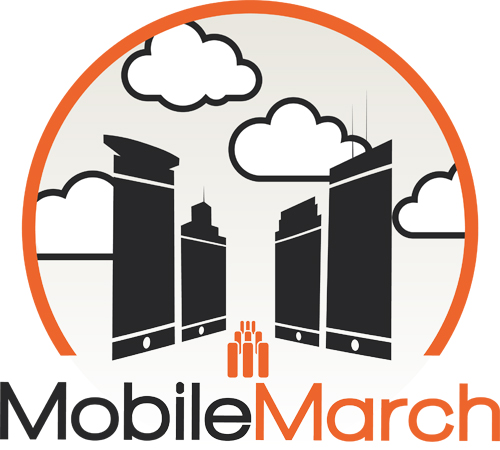 Minneapolis, MN – The Organizers of Mobile March today confirmed their agenda for the 6th annual conference scheduled for March 26th, 2015 at the Earle Brown Heritage Center in the Minneapolis suburb of Brooklyn Park. The full day event includes three keynote presentations from nationally recognized speakers and four tracks of sessions. Tracks this year include Mobile Development, Mobile Design, Mobile Enterprise and Mobile Life. In keeping with the focus of learning all aspects of mobile, attendees are encouraged to attend session across multiple tracks.
Minneapolis, MN – The Organizers of Mobile March today confirmed their agenda for the 6th annual conference scheduled for March 26th, 2015 at the Earle Brown Heritage Center in the Minneapolis suburb of Brooklyn Park. The full day event includes three keynote presentations from nationally recognized speakers and four tracks of sessions. Tracks this year include Mobile Development, Mobile Design, Mobile Enterprise and Mobile Life. In keeping with the focus of learning all aspects of mobile, attendees are encouraged to attend session across multiple tracks.
Keynote addresses this year include, Billy Jurewicz, founder and CEO of Twin Cities digital agency Space150 offer a peek into the future and recap the state of digital to physical technology, Alex Haley of Present Endeavors will explore the Mindfulness movement in a tech crazy world, and Mark Wilkie, CTO of BuzzFeed wraps up the day with a look on his company’s aggressive app strategy.
Mobile March organizer Phil Wilson noted, “This year we are striving to delve deeper into what is happening across the mobile space. We feel this agenda represents not only where the mobile industry is but where it’s going” He goes on to say, “With the introduction of the Mobile life track and the our keynote on Mindfulness, we’ve also tried to focus on the human side of mobile, not often taken into account at other conferences.”
The full agenda may be seen at http://mobilemarchtc.com/2015-agenda/
Registration is now open for Mobile March, Thursday March 26th, 2015 at the Earle Brown Heritage Center via the Mobile March website atwww.mobilemarch.com or directly through Eventbrite at https://www.eventbrite.com/e/mobile-march-2015-tickets-14763844055. Cost of registration prior to March 19thth is $115. Student discounts are available as well.
About Mobile March
Founded in 2010, Mobile March is an event dedicated to exploring the latest in mobile technology and trends. The name Mobile March not only denotes the month in which it takes place, it also emphasizes the ongoing advancement and growth of mobile technology and the related lifestyle.
By offering content that appeals to mobile developers, business people, and users we hope to facilitate a greater understanding between the constituencies that make mobile happen. Whether you make money with mobile or just use it to stay connected, we invite you to join us for Mobile March.
Mary Lower
Sterling Cross Communications
(612) 636-6544
@PRMoxie




 With Minnesota’s success in medical devices, and increasingly in med-tech overall, focusing health innovation with mobile in one event is a smart strategy.
With Minnesota’s success in medical devices, and increasingly in med-tech overall, focusing health innovation with mobile in one event is a smart strategy.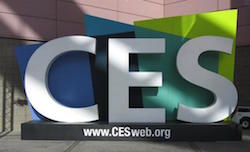
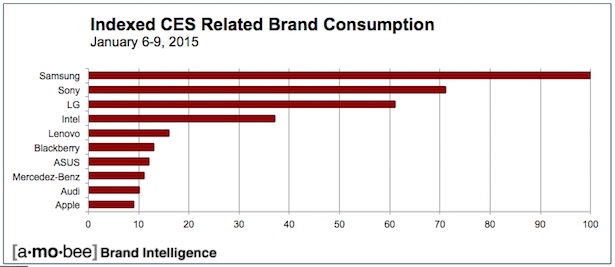
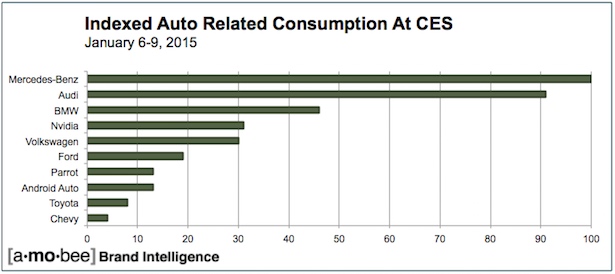
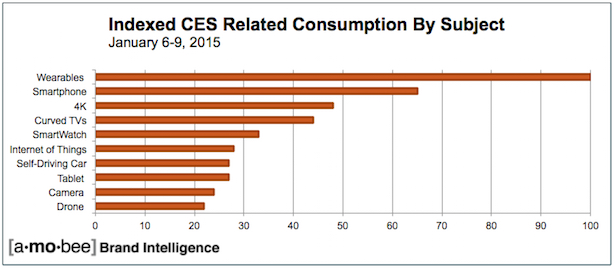


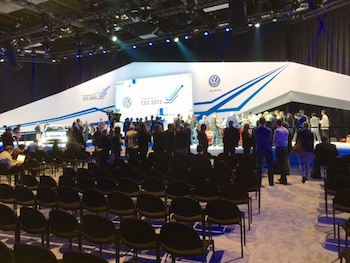
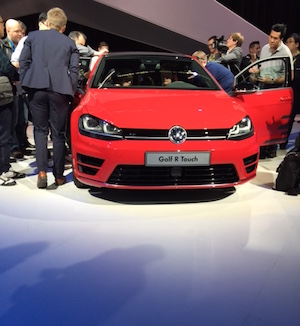
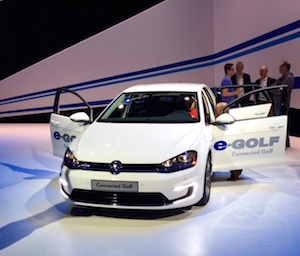
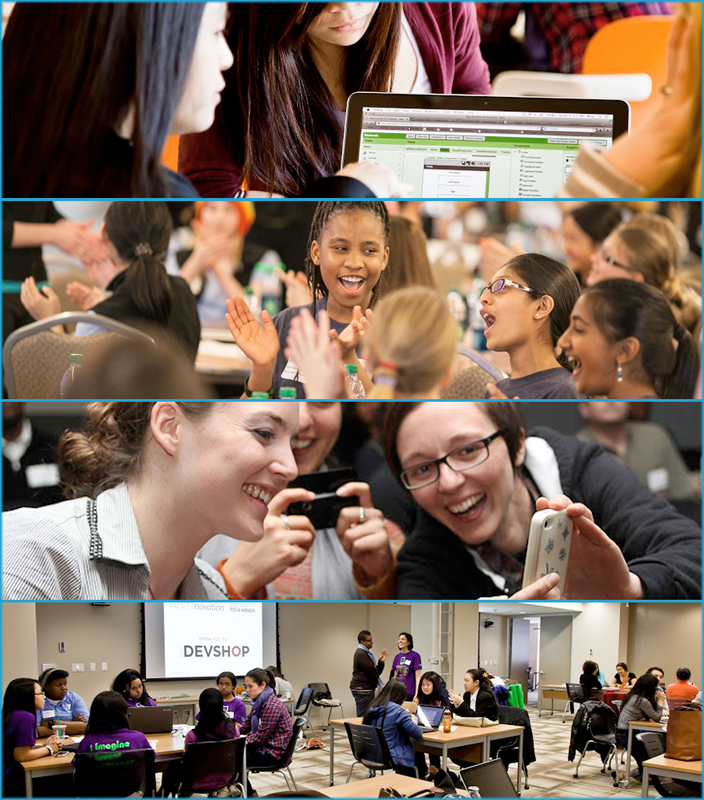 Often it seems that there is only lip service paid to the fact that there are fewer girls and young women learning to code and embrace technical engineering. Then there are organizations like
Often it seems that there is only lip service paid to the fact that there are fewer girls and young women learning to code and embrace technical engineering. Then there are organizations like 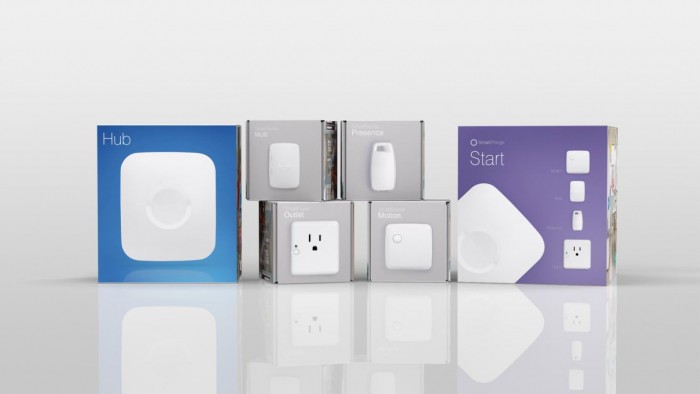 As expected, Samsung’s CEO BK Yoon delivered an Internet of Things-centric keynote. Though the keynote was surprisingly simplistic and quite basic, he did give a high level overview that focused on the importance of open standards. He then committed to Samsung being open and focused on open, interoperable things.
As expected, Samsung’s CEO BK Yoon delivered an Internet of Things-centric keynote. Though the keynote was surprisingly simplistic and quite basic, he did give a high level overview that focused on the importance of open standards. He then committed to Samsung being open and focused on open, interoperable things.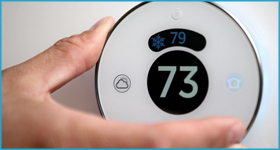
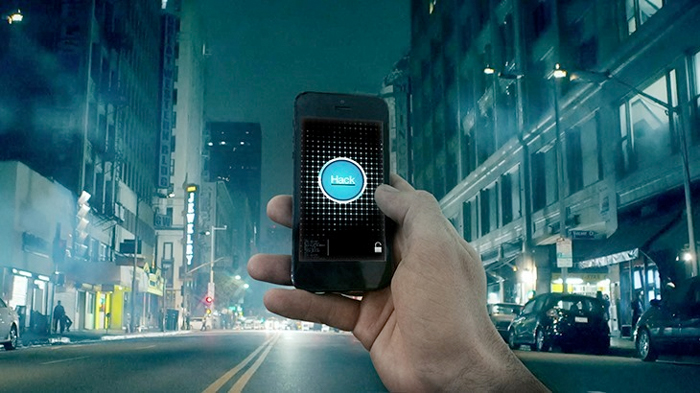 As if it wasn’t already bad enough that our own National Security Agency (NSA) is collecting everything digital that we produce online (e.g., emails; SMS; metadata; Facebook posts), now
As if it wasn’t already bad enough that our own National Security Agency (NSA) is collecting everything digital that we produce online (e.g., emails; SMS; metadata; Facebook posts), now 
 While one, sweeping problem is the NSA collecting everything (both encrypted and unencrypted) it goes way beyond that because of what those German researchers found which is worth repeating: that anyone with the requisite skills and resources can hack the mobile networks and eavesdrop on (or record) mobile calls.
While one, sweeping problem is the NSA collecting everything (both encrypted and unencrypted) it goes way beyond that because of what those German researchers found which is worth repeating: that anyone with the requisite skills and resources can hack the mobile networks and eavesdrop on (or record) mobile calls.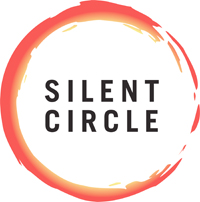 There are no shortage of apps for both iOS and Android. One that stands out (and one I personally trust) is from a company called
There are no shortage of apps for both iOS and Android. One that stands out (and one I personally trust) is from a company called